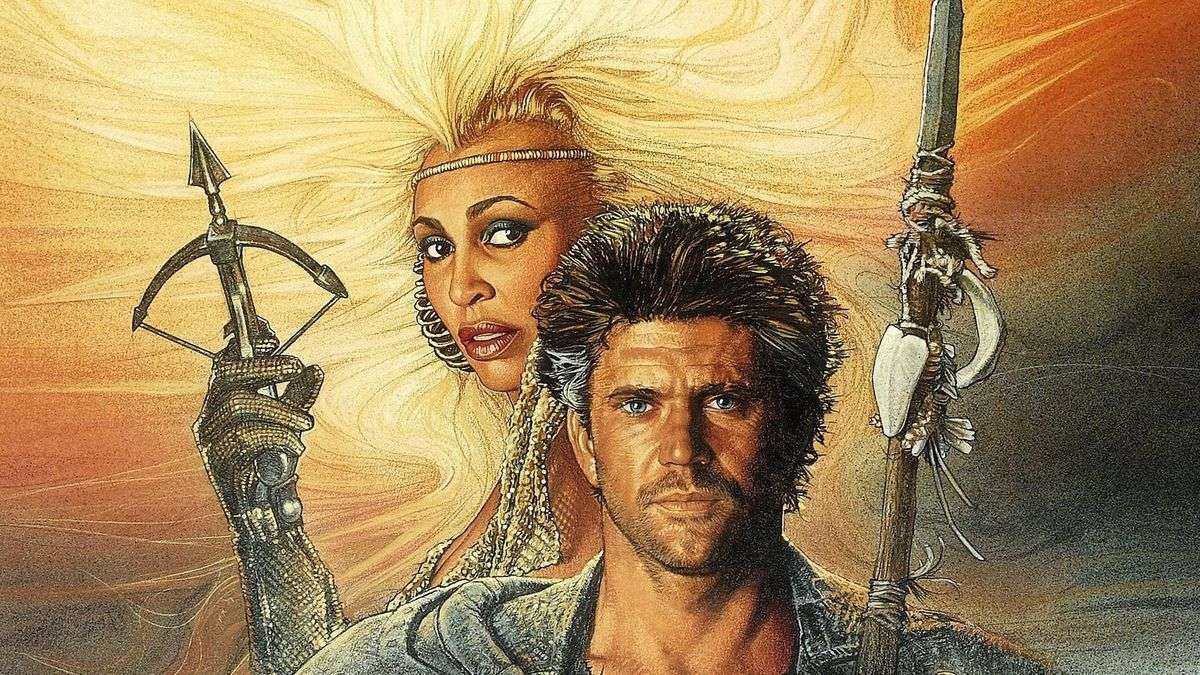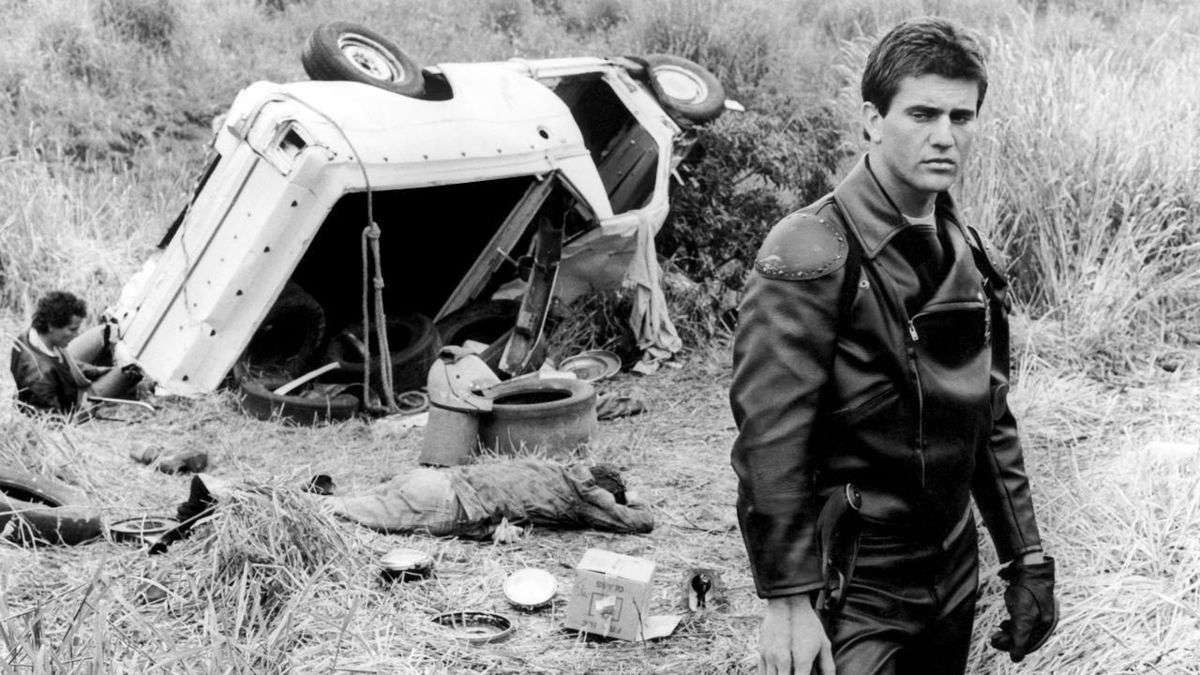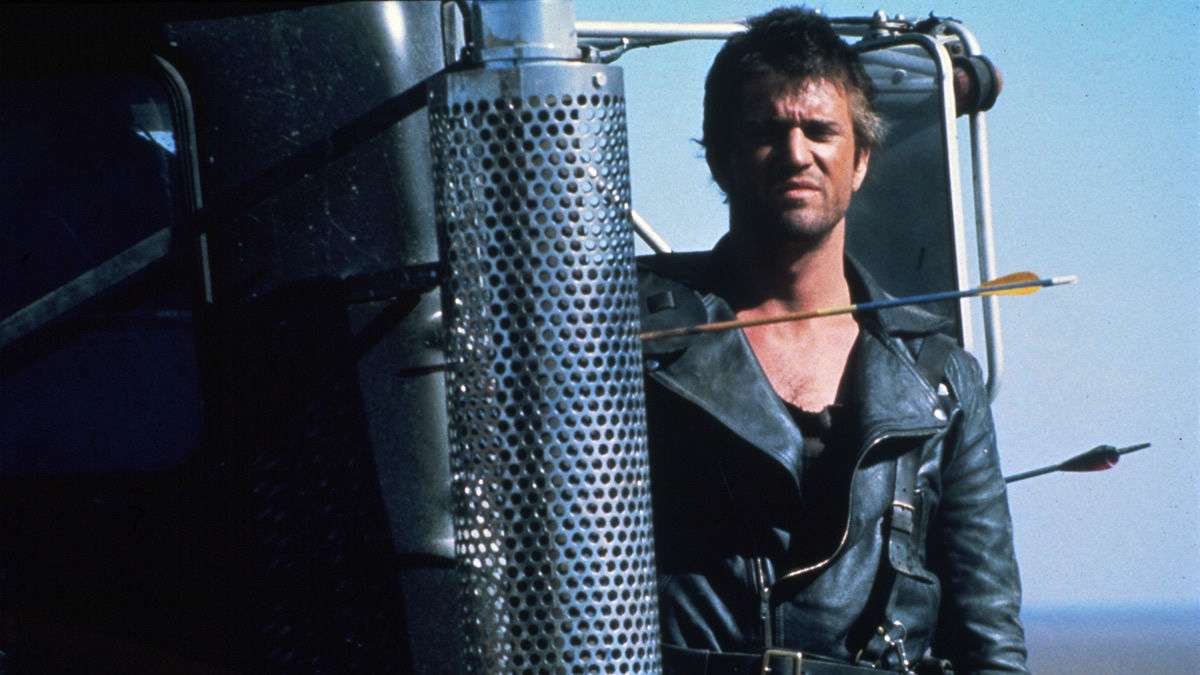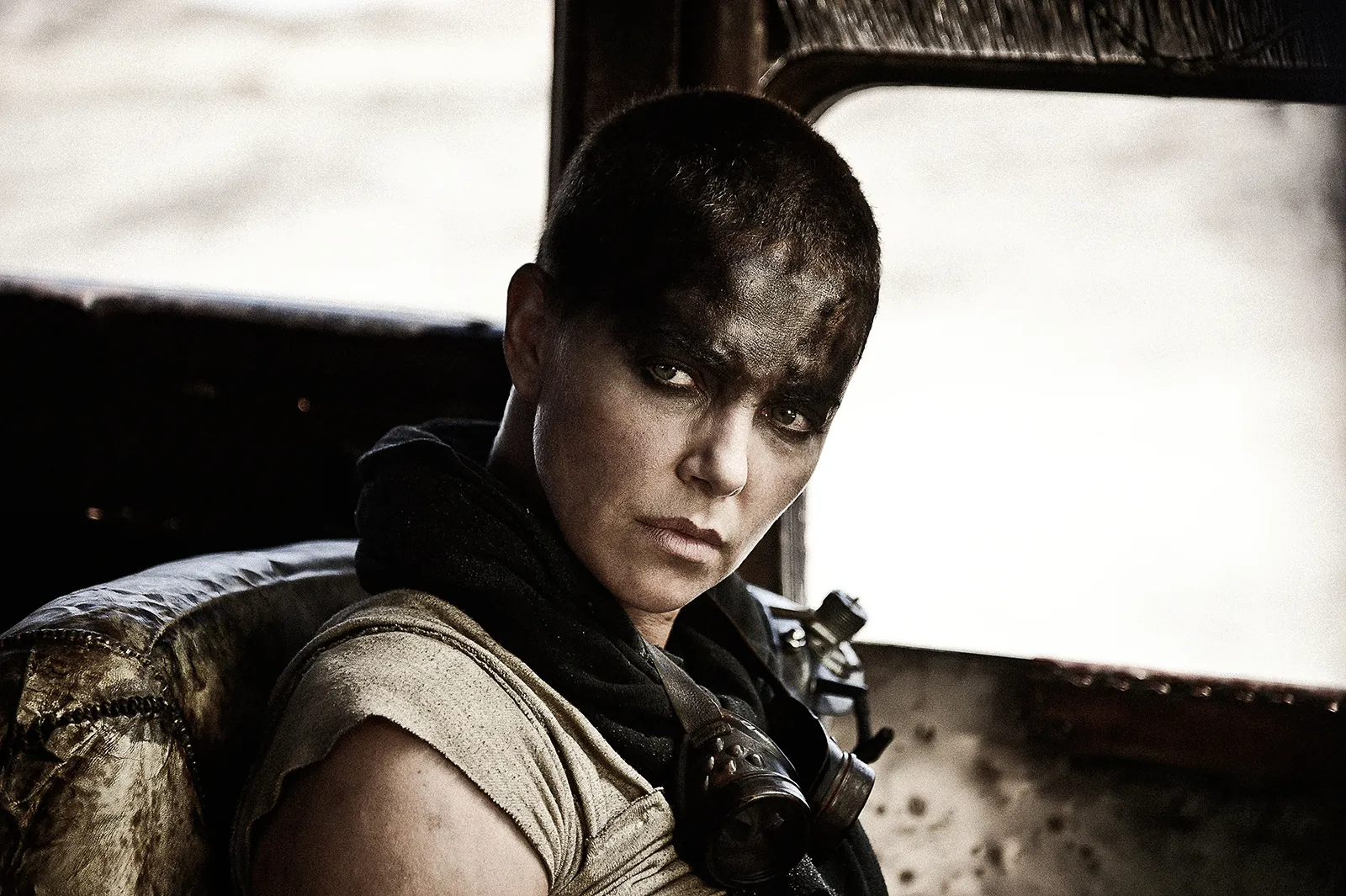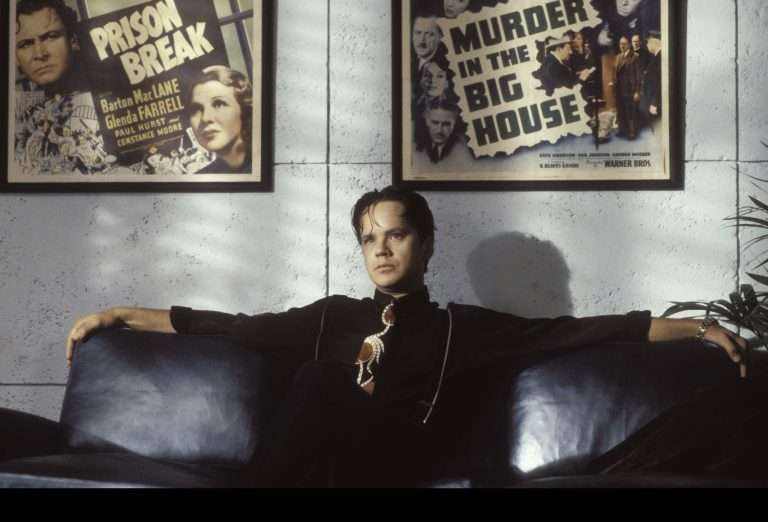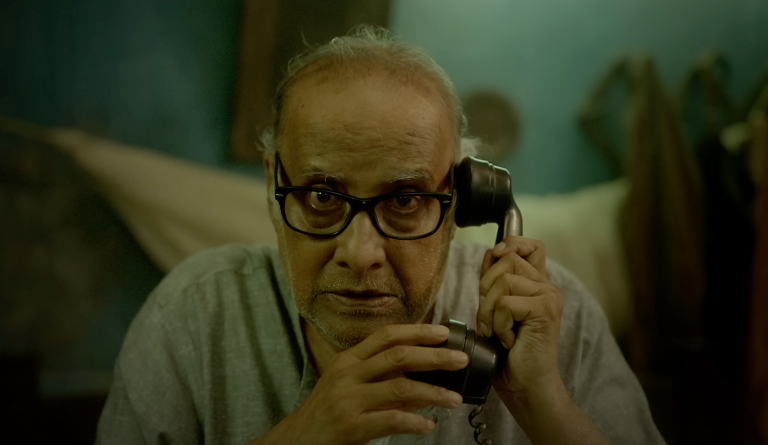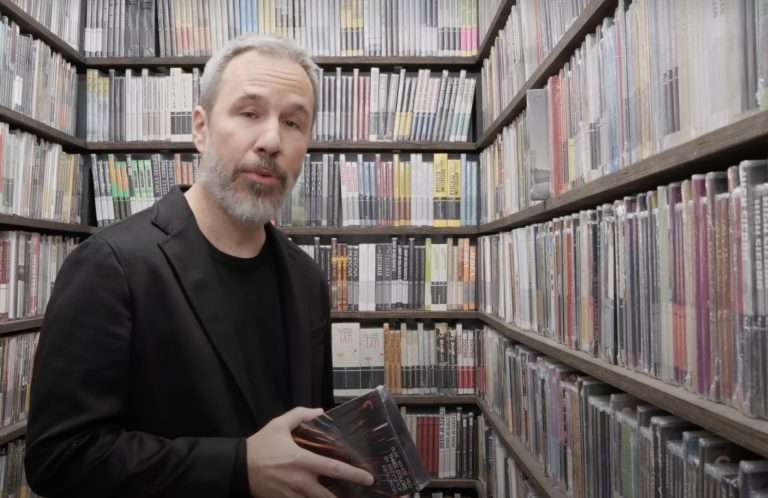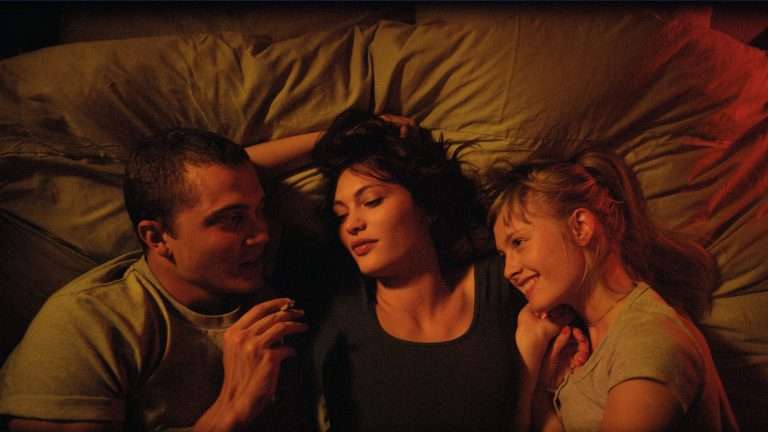George Miller is the director of classic family films like “Babe: Pig in the City” and “Happy Feet,” but the franchise he’s best known for is decidedly less family-friendly: the “Mad Max” movies. The original film catapulted the Australian filmmaker to international fame in the ‘80s, and he’s never looked back since. While the series has had more than its fair share of ups and downs over the years (including a recent recasting of the titular road warrior), what’s stayed constant over the decades has been Miller’s determination to push the action genre forward while telling classical, near-mythological narratives about larger-than-life characters.
Behind the scenes, the “Mad Max” series has always been about evolution. Each film improved upon its predecessor in key ways, even when the overall project didn’t land as well. Miller, who worked as a doctor to support himself during the early years of his career, is an intelligent and highly empathetic artist. Even though his visions of a post-apocalyptic wasteland are grim and violent, they’re never without hope. That is what has led to the films being such enduring members of the action cinema Hall of Fame. Well, that and their gnarly action setpieces have pushed the action genre forward with each new rip-roaring addition to the canon.
There’s definitely a hierarchy in the “Mad Max” franchise, however, so let’s rank each of the films and their contributions to the history of vehicular mayhem and dystopian carnage in cinema.
5. Mad Max Beyond Thunderdome (1985)
This film has a reputation for being the weakest entry in the “Mad Max” franchise, and that’s not without reason. Miller co-directed this entry with George Ogilvie and was reeling from the death of long-time creative partner Byron Kennedy during the production. That behind-the-scenes turmoil is evident in the finished product, but “Beyond Thunderdome” still has its moments. For one, it had the biggest budget of any of the “Mad Max” films produced up until that point, and it shows.
The film’s sets and locations are more elaborate and well-produced than anything the series had seen up until that point. Miller and Ogilvie’s creation of Bartertown and its seedy underbelly is evocative, and they also produce some truly memorable characters in the process, such as The Master and The Blaster (Angelo Rossitto and Paul Larsson). The fight in the titular Thunderdome is also very memorable, making great use of a novel location.
Unfortunately, the movie goes off the rails during the third act, when Miller and Ogilvie introduce a clan of children living on their own in the wasteland. The story of the clan is interesting enough (and it speaks to Miller’s lifelong fascination with fables and fairytales), but the direction it takes the story is trite and predictable. Once you add in the treacly score by Maurice Jarre and Tina Turner’s terrible performance as Aunty Entity, you’re left with what is the most toothless “Mad Max” movie ever produced.
It feels as if Miller stripped away everything that gave the series bite, leaving behind a smooth picture that’s as inoffensive and commercially viable as possible. It’s clear that this wasn’t what the director had wanted for the franchise, as he course-corrected over decades on the sequel, which came out thirty years later and was a total masterpiece.
Where to Watch:
4. Mad Max (1979)
The original “Mad Max” is a testament to the creative spirit of one George Miller. Working on a paltry budget and next-to-no shooting permits, the filmmaker shot the film while working as a medical practitioner. The result is a mysterious action film set in a dystopian world that feels eerily similar to our own but not quite. That’s a limitation of the budget, but Miller’s formal control was evident even during this early outing for the franchise; the action sequences here aren’t as gnarly as the best of the franchise, but they’re still quite effective.
This is the sole film in the franchise that isn’t set in a wasteland; limited as they were by the budget and lack of shooting locations, the filmmakers created a dystopian world instead of a post-apocalyptic one. Max Rockatansky isn’t a lone warrior type but rather a family man who works as a police officer and makes a lot of enemies in the process. It’s an origin story for what would become an almost mythological character in future entries in the saga, and it stars a young Mel Gibson in one of his most iconic roles. Also present is Hugh Keays-Byrne as Toecutter, the leader of a motorcycle gang that hounds Max throughout the film. Keays-Byrne would eventually return to the franchise in “Fury Road,” as yet another example of the series’ constant evolution.
Really, it’s remarkable how well “Mad Max” stands up as an action film, considering the limitations of its budget. Miller was actually demoralized by the film, considering it “unreleasable.” It’s only when the film started doing well around the world that he came around to it, using it as a launching pad for “Mad Max 2” and deciding to go all-out on his delivery of the next film, which stands today as a classic of the action genre.
Where to Watch:
3. Mad Max 2 (1981)
In retrospect, it feels as if “Mad Max 2” was merely a trial run for what would become “Fury Road,” and it’s easy to see why so many audience members feel that way. Both films revolve around a major chase sequence that involves an oil tanker attempting to escape a posse of murderous cultists led by an enigmatic and demented leader. However, if you put “Fury Road” aside and watch “Mad Max 2” (or “The Road Warrior” as it was released in the US) on its own terms, you’ll find a lot to appreciate.
For one, Mel Gibson has never been better as Max Rockatansky than he is here. The character is a gruff presence with only survival on his mind, but he has Gibson’s charisma to bolster that weathered exterior. This is also the only “Mad Max” film featuring Max’s dog, who is a great addition to the film’s action sequences and is a big part of one of the film’s funniest scenes involving a can of dog food. Beyond that, the sequences themselves have a rough kineticism that, while not as invigorating as the perfect craft of “Fury Road,” has its own sense of danger and surprises.
What’s more, the film introduced fans of the original to the wasteland, a post-apocalyptic hellscape that runs on gasoline and desperation, and established Miller as a worldbuilder par excellence. All in all, before “Fury Road,” “Mad Max 2” was the “Mad Max” movie, the one that set the bar for the action set-pieces the franchise was known for. Its story set the template for what would become George Miller’s magnum opus and features Mel Gibson’s most committed turn as the titular anti-hero.
Where to Watch:
2. Furiosa: A Mad Max Saga (2024)
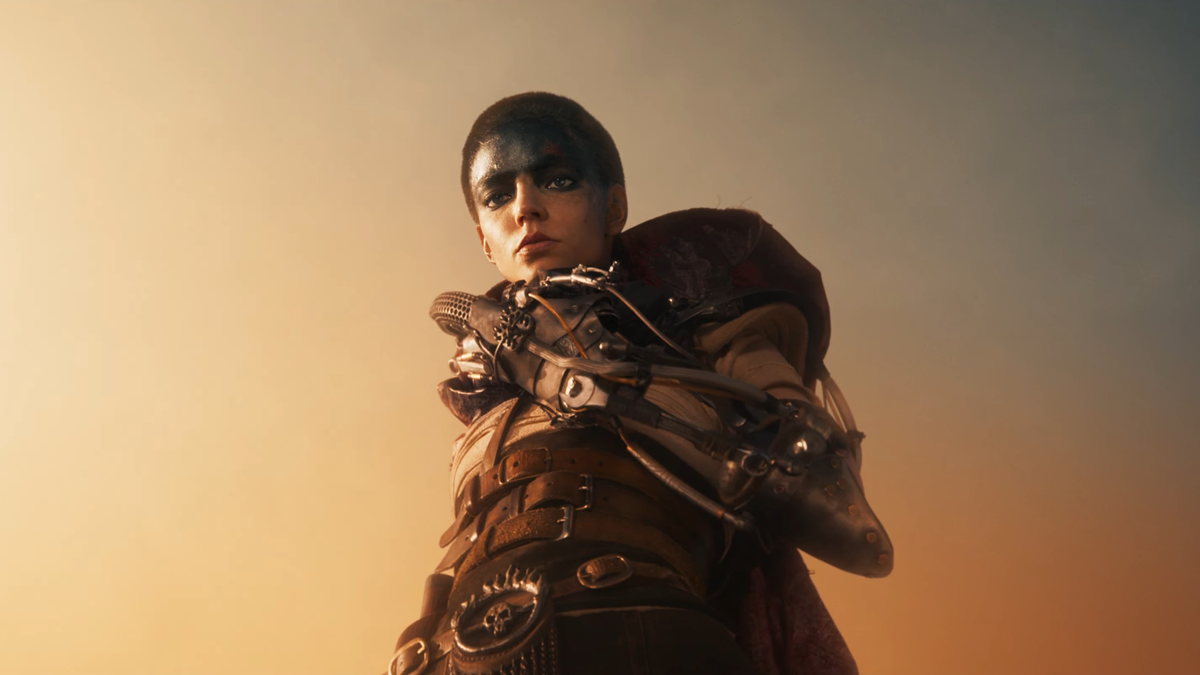
“Furiosa” is a highly irregular entry in the “Mad Max” franchise. It is the only film in the series that is not a standalone feature – unlike the others, “Furiosa” does not function without the context and resolution of another film: “Fury Road.” While the latter film works fine on its own, “Furiosa” is constructed as a companion piece. Charlize Theron even had the script for “Furiosa” on hand while she was preparing for “Fury Road,” which is part of the reason why this film feels like one of the best prequel movies ever made.
It retroactively strengthens every plot beat and character arc in “Fury Road” while simultaneously separating itself from the lean, compact nature of its chronological successor. The film is a maximalist epic, while “Fury Road” was more minimalist in terms of its narrative. The action sequences are just as spectacular, the performances just as iconic (particularly those of Anya Taylor-Joy as the title character and Tom Burke as Praetorian Jack), but the scale is far greater.
It is very close to being the best “Mad Max” film, which is ironic as it breaks so many of the established rules of the franchise (for one, Mad Max isn’t even a character in the film). However, it’s held back by its being a prequel to “Fury Road” – Miller makes the curious decision to connect both films explicitly during the climax, weakening the ending of “Furiosa” and making it reliant upon “Fury Road” for its ultimate resolution. As such, this film will have to settle for being a masterful companion piece, not a masterpiece in its own right.
Where to Watch:
1. Mad Max: Fury Road (2015)
After the disappointment of “Beyond Thunderdome,” George Miller took a step back. He envisioned a new entry in the franchise that would be structured as a continuous chase sequence and got to work writing a script. He storyboarded the film before writing it and worked on the script with two other screenwriters (Brendan McCarthy and Nico Lathouris). It took them a decade to get through pre-production, and production was set for the early 2000s (and around that time, the script for “Furiosa” was also ready). The project was delayed after 9/11 and later due to Miller’s commitments to “Happy Feet.” After that, the project continued gestating in various forms. Mel Gibson eventually dropped out because of his age.
When the film finally came out in 2015, it knocked everyone away. Tom Hardy became the new face of Max Rockatansky, but he wasn’t even the main character; the actual hero of the film was Charlize Theron, playing a new icon named Imperator Furiosa. “Fury Road” was immediately heralded as one of, if not the, best action films of all time. Its mix of dizzying effects, breathtaking cinematography, masterful film editing, and control over narrative structure made it an instant classic. “Fury Road” is the crown jewel of the “Mad Max” franchise, and what’s remarkable about it is that you don’t even have to watch any of the other films in the series to enjoy it. It stands alone as a masterpiece of the genre. Of course, if you’re reading this list, you probably don’t need to be told that.


